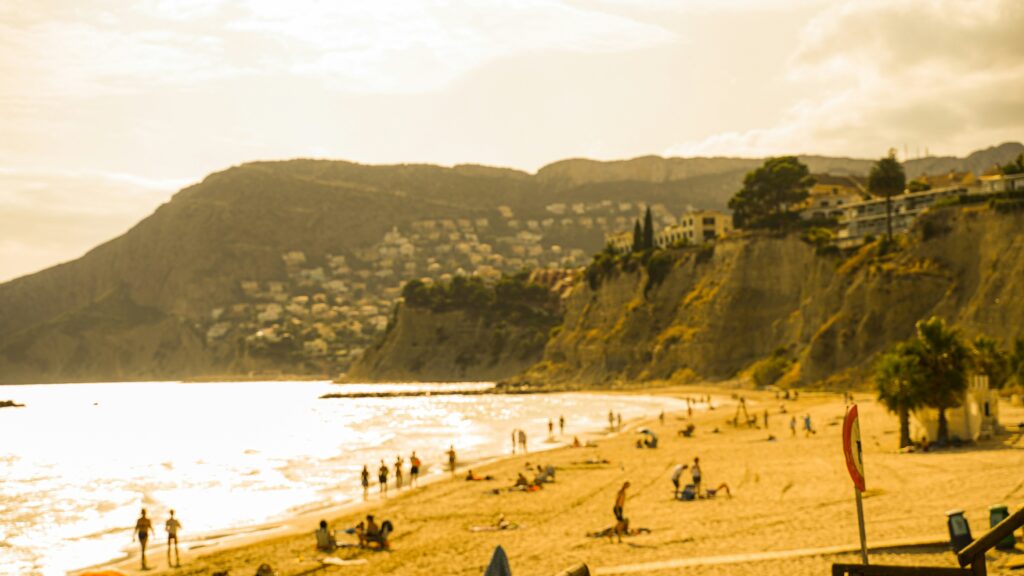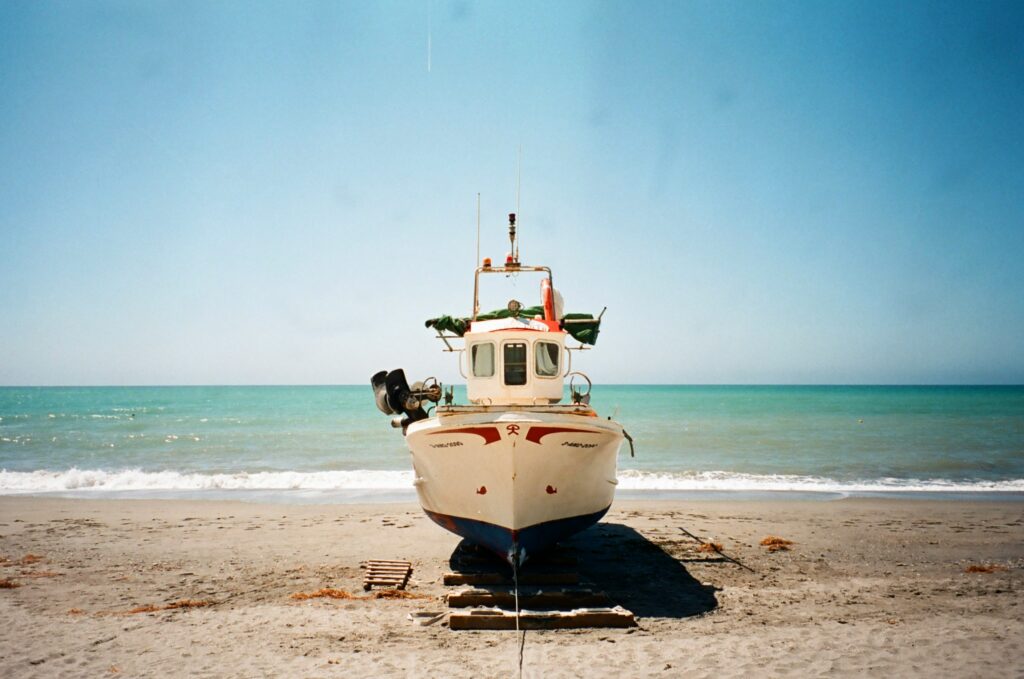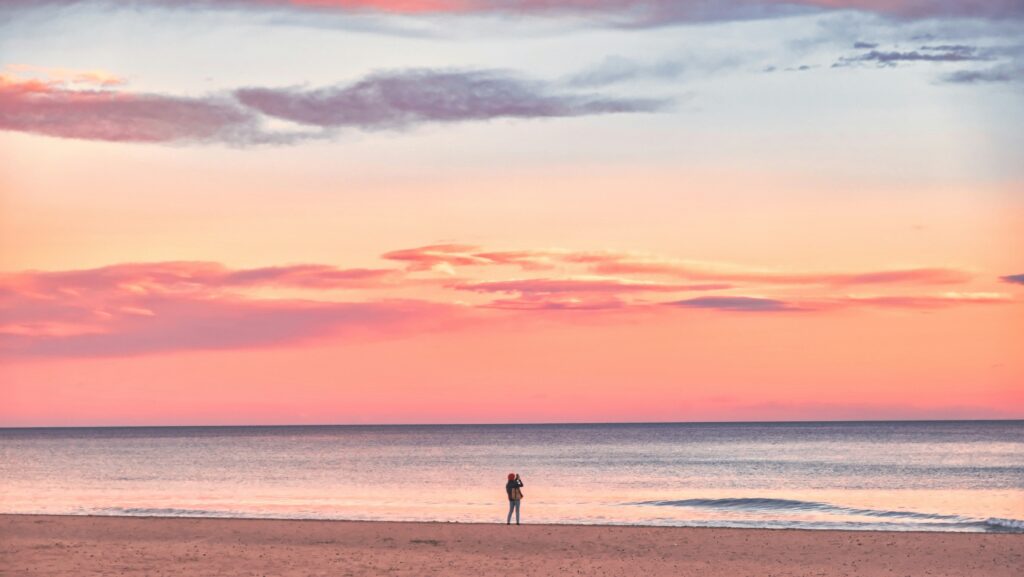There’s a moment — usually when you’re scrolling through a sea of sunset photos and perfect poses — when you start to wonder if every yoga retreat looks the same.
But once you’ve actually attended a few, you realise that choosing the right one is a lot like choosing a teacher, a city, or even a rhythm of breathing. It’s personal.
Spain makes the choice even more beautiful and confusing: mountains, islands, desert, ocean — all promising transformation in different ways.
The real art lies in matching your current state of being with the right environment and intention.
Here’s what experience (and a few early mistakes) taught me about how to choose well
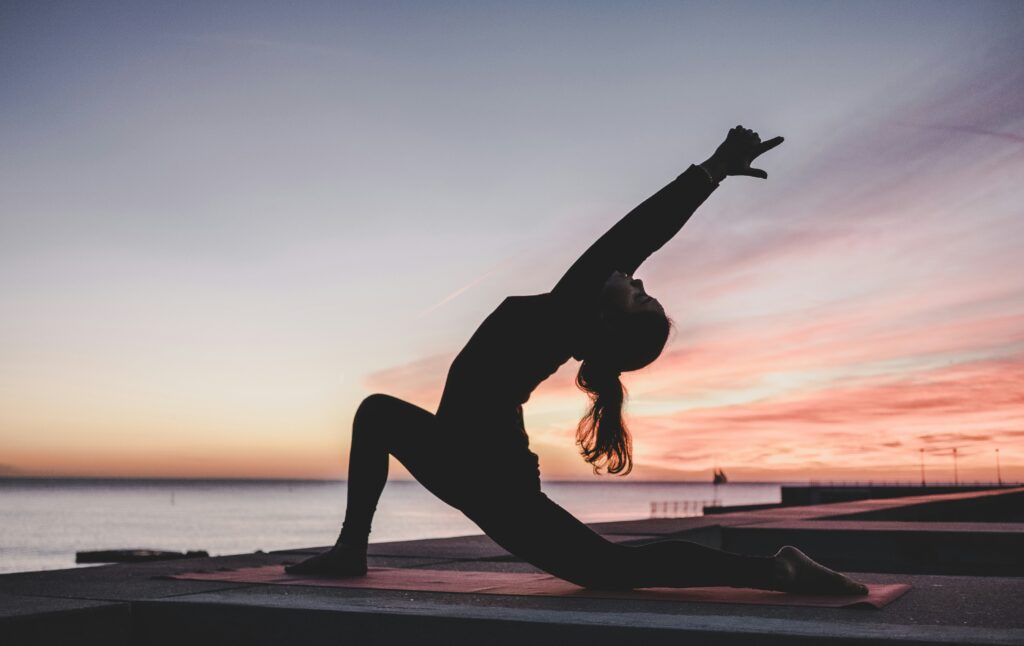
1. Begin with Why — Not Where
The question most people start with is where.
But the first should be why.
Are you craving stillness, or do you need movement?
Do you want to process something heavy, or just breathe again?
Your reason will guide everything — the teacher, the group size, even the food.
When I joined my first retreat in southern Spain, I thought I needed “sun and yoga.”
In truth, I needed silence and someone to remind me that rest isn’t weakness.
A week in the Alpujarras — olive trees, mountain air, no Wi-Fi — did more than stretch my hamstrings. It stretched my relationship with myself.
So before you book flights, close the laptop, take a slow breath, and write your why on paper. The right place starts there.
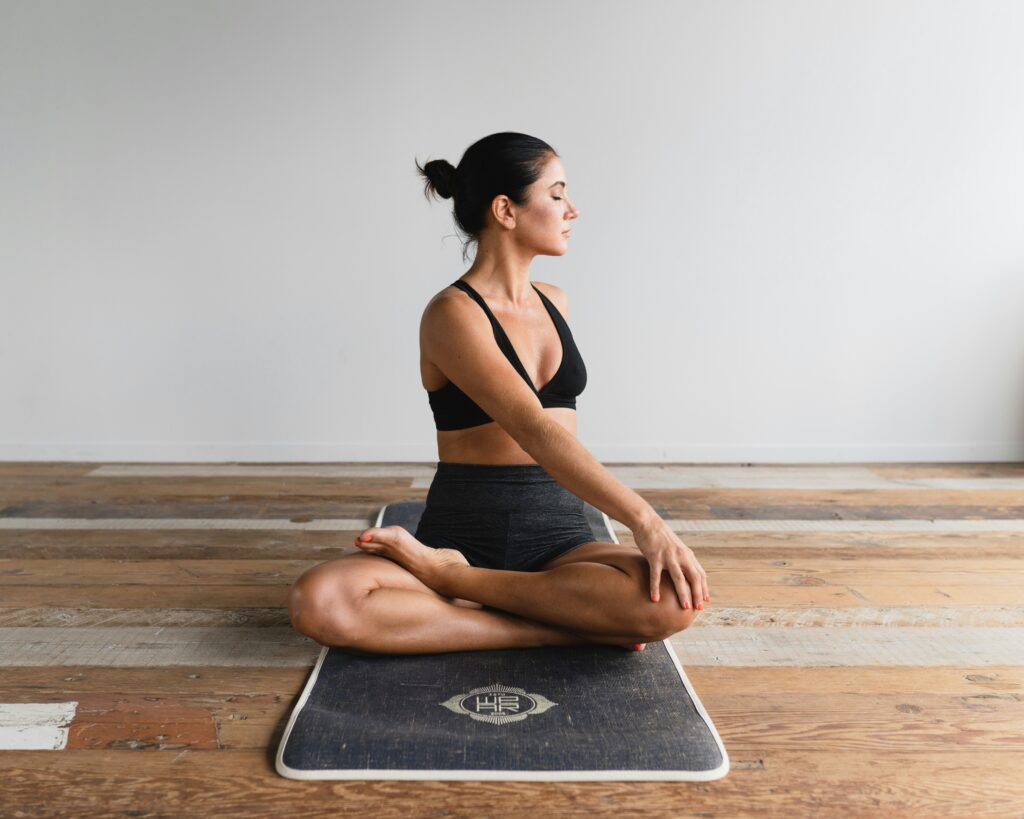
2. Match Energy to Landscape
Spain’s geography is a map of moods.
- Andalusia: Warm, generous, golden. Ideal for grounding, heart-opening, and rediscovering simplicity.
- Mallorca and Ibiza: Islands of creativity and expression. Perfect for flow, sound, or emotional release.
- Northern Spain (Basque, Asturias, Galicia): Green, misty, reflective. Suited to deep inner work and solitude.
- Canary Islands: Eternal spring, volcanic landscapes, pure life energy — for physical renewal and long-term stays.
Each region carries a vibration. Andalusia softens. The north steadies. The islands awaken.
If you’re burnt out, choose warmth and light.
If you’re restless, choose stillness and altitude.
Let geography become your first teacher.
3. Choose the Right Style for Your Season of Life
Yoga isn’t a competition. You don’t “level up” — you tune in.
- Dynamic (Vinyasa / Ashtanga): if you need strength and structure.
- Restorative / Yin: if you’re healing, grieving, or exhausted.
- Meditative / Silent: if you’re ready to listen inward.
- Holistic: yoga mixed with art, dance, or coaching — for creativity and emotional release.
Spain offers all of them, sometimes under the same roof.
Don’t chase intensity — choose resonance. The right class will feel like coming home, not keeping up.
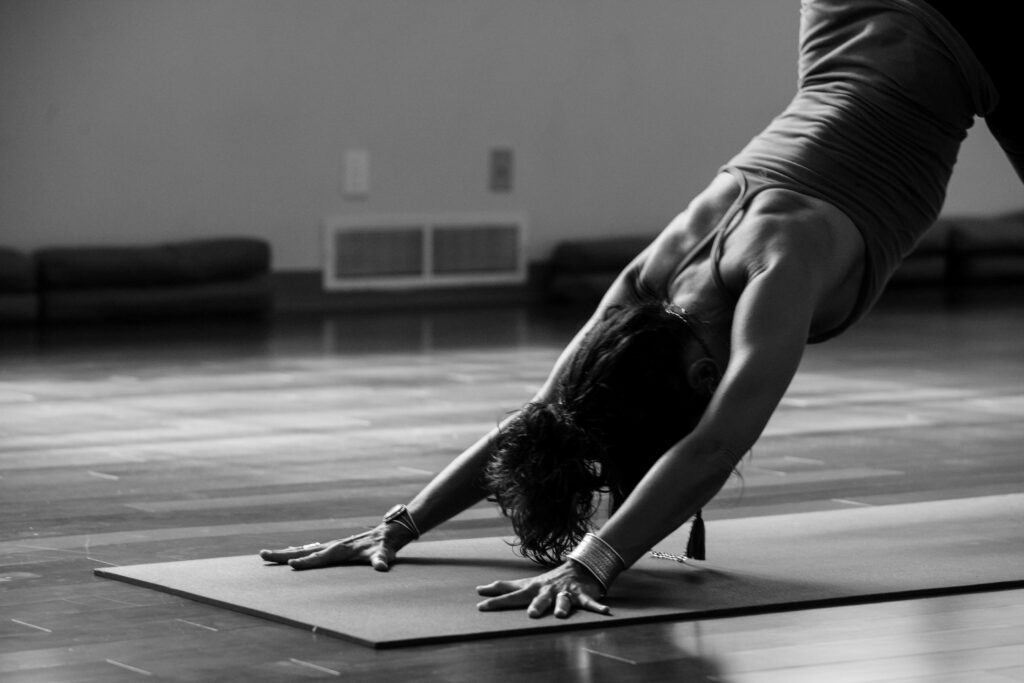
4. Look Beyond the Photos
It’s easy to be seduced by golden-hour shots and infinity pools.
But the soul of a retreat hides in smaller details: the tone of an email, the warmth of a response, the clarity of the schedule.
Write to the organiser and see how they answer. Are they rushing to sell or genuinely curious about your needs?
A slow, thoughtful reply is a good sign.
So are websites that list real teachers, transparent prices, and sample menus that look nourishing, not restrictive.
The best retreats don’t promise transformation; they create the space for it.
5. Group Energy Matters More Than Luxury
Retreats are people, not buildings.
A perfectly designed villa can feel empty if the group dynamic doesn’t flow.
Conversely, a simple farmhouse can become sacred ground when you share laughter, vulnerability, and long conversations under Spanish stars.
Ask about group size — ideally between 8 and 15. Enough for diversity, small enough for trust.
Mixed-age groups often feel more grounded than influencer-style gatherings.
If possible, look for retreats that attract participants through intention, not marketing trends.
6. Check the Values, Not Just the Price
Prices vary wildly — from €400 weekend escapes to €2,000 luxury immersions.
But value isn’t measured in square metres or thread count.
Pay attention to ethics:
- Is the retreat eco-conscious?
- Are teachers fairly paid?
- Is the food locally sourced?
- Does the place respect local culture and community?
A retreat that nourishes others while nourishing you will always feel different. You’ll sense it — the way everyone moves slower, smiles more, wastes less.
True wellness leaves the world lighter, not just you.
7. Season and Timing
Spain offers practice all year round, but each season has a mood:
- Spring (Mar–May): new beginnings, detox, expansion.
- Summer (Jun–Aug): energy, community, sunrise sessions by the sea.
- Autumn (Sep–Nov): reflection, balance, harvest.
- Winter (Dec–Feb): retreat inward, quiet, teacher trainings.
If you’re new to yoga, spring and autumn are perfect — gentle climates, balanced energy.
If you’re seeking escape from northern cold, winter in the Canary Islands can feel like a secret paradise.
8. Listen to Intuition
After all the research, spreadsheets, and TripAdvisor tabs, there’s a softer way to decide.
Close your eyes, picture yourself stepping off the plane.
Does the idea of mountains or ocean make your breath deepen?
Do you imagine movement or stillness? Community or solitude?
The body always knows before the brain rationalises.
Every retreat I’ve loved began with a quiet “yes” in my chest that logic couldn’t explain.
Conclusion
Choosing the right yoga retreat in Spain is less about finding a perfect place and more about recognising your moment in time.
You don’t pick a retreat — you meet it.
The country offers the setting: sunlight through olive branches, waves folding over sand, the scent of oranges after rain.
You bring the readiness to pause, listen, and remember who you are when nothing is demanding your attention.
That’s the real destination — and Spain, in all its warmth and wisdom, simply makes the journey a little easier.


